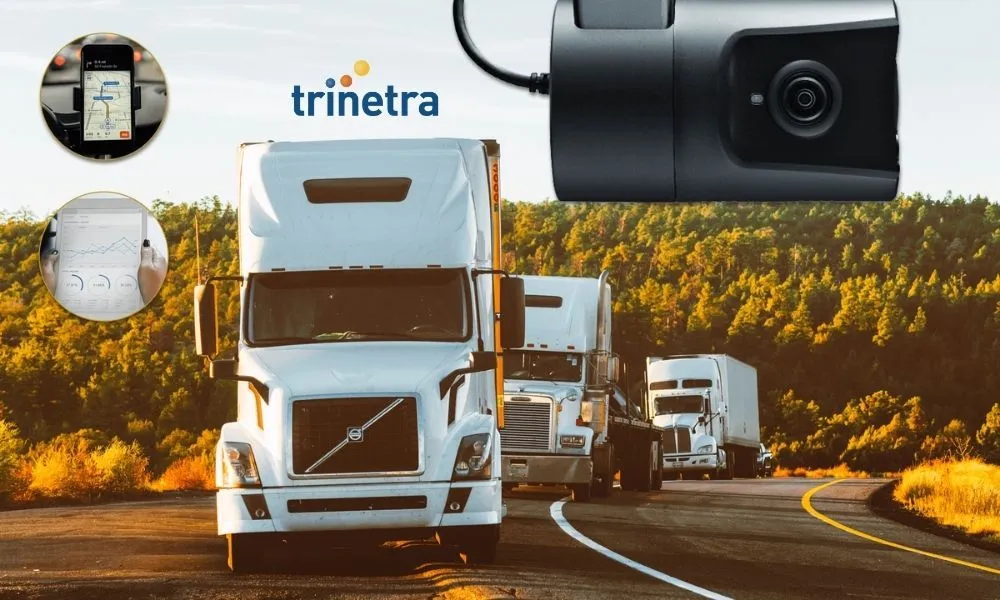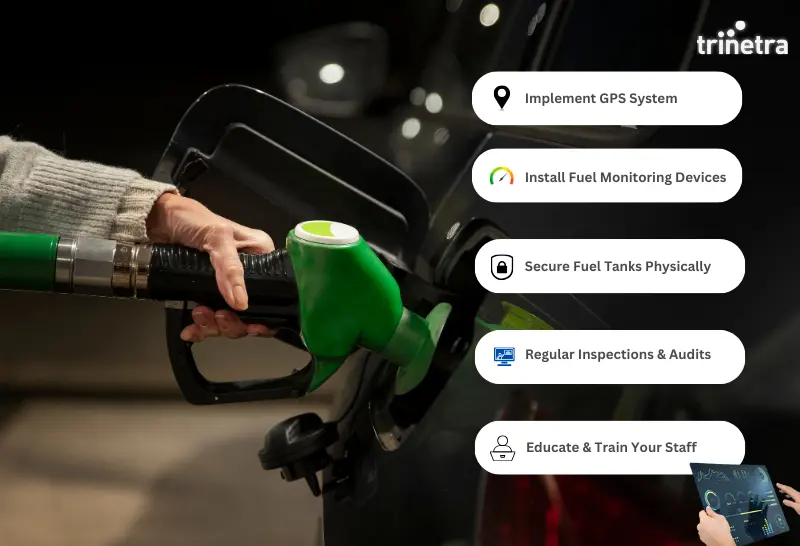Fleet Management System (FMS) software supported with GPS, mobile app and dash-cam video, empower fleet managers with insights and data to improve vehicle operations and driver management in real-time.
According to a study, the market for video telematics is expected to grow from 2020 to 2025 by 22% (adding 3.2 million subscribers). In-cab cameras fixed in vehicles collect visual video evidence or data, and are also a tool for driver safety, insurance claims and driver training. The study also found that video telematics (Dash-cams) can reduce collisions by 65% and accident costs by 75%. These are just some of the reasons why fleet managers of all fleet sizes are adopting this technology.
In-cab video cameras have become a part of the telematics solution as fleet management solutions move on, crossing the early adopter stage. Experts believe that by 2023 telematics will have vision-enabled in-cab video as a standard feature of the fleet management system.
The dashboard mounted camera or dash-cam allows for the alerting and reporting of bad driver behaviour. It can help detect driving fatigue or distraction, phone misuse, unused seat-belt, lane change without signalling, potential frontal collision and tailgating.
Fleet managers using this game-changing technology are provided with never before seen insights into poor driver behaviour or habits, non-compliance and crashes. Poor driving performance and accidents add to the costs of operations, higher risks, lower customer satisfaction, besides higher fuel and maintenance costs.
Fast evolving dash-cam tech or video telematics
In the recent past, in-cab video recordings were for events like speeding and harsh braking. As there were no live feeds, managers had to re view recordings later, for safety and coaching of drivers. However, recently modern video telematics has evolved and entered the market with the ability to monitor live video feeds from vehicles integrated with other sensors.
This system integrated with the GPS tracking and fleet management software, can alert drivers in real-time regarding bad or risky driving behaviour. The system can correct drivers immediately to help the better control of vehicles and prevent accidents that could be critical. The knowledge that real time monitoring is done, helps to modify positively drivers’ attitude and performance.
Using video telematics for training
Fleet managers undertake periodic coaching of drivers who are in duty to bring about sustainable improvements in safety and driver behaviour. Dash-cam video recordings in the cabin help to train drivers to respond better or take alternatives for handling certain events. Monitoring and coaching will yield good results in the long run.
New machine vision based systems integrated to the fleet management system are a boon to fleet managers of large or small and varied fleets, as many features are automated for reporting and review. Just placing cameras in cabins have an immediate positive effect on driver behaviour, performance and safety and solves half the problems and prevent others.
To Conclude
The FMS software, that Trinetra Wireless offers, can be integrated with other systems you use in your fleet business. Impost probably, companies will be using intelligent fleet management software and most likely get AI integration. Using telematics technology and Data Analytics our software can as simulate cache of information to make them more valuable, insightful and meaningful to managers.
So, pick the right FMS software that is scalable and able to handle operational inefficiencies, identify non-compliance and other discrepancies. It helps to address issues effectively, quickly by enabling strategic decision-making, to reach better levels of efficiency.
Trinetra can arrange for a ‘Demo’ to those interested persons or managers, to help in appraise of our FMS software. Kindly contact our executive team. They will respond to you as soon as possible.







